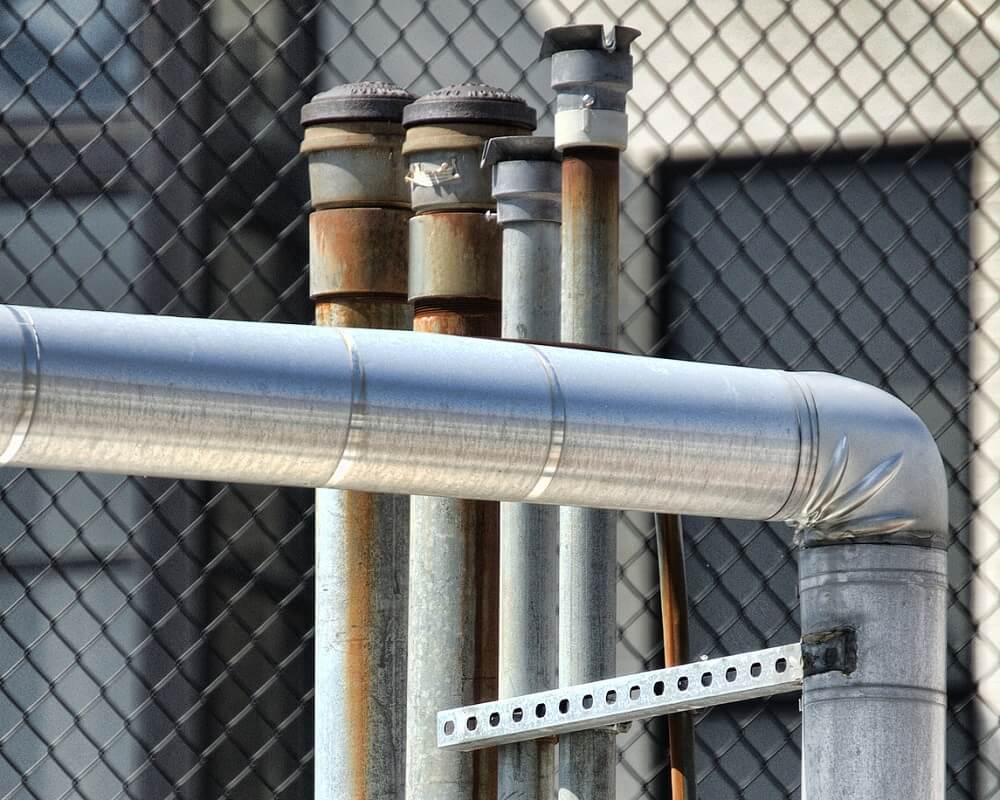Lowtechprime
Retro Grouch
The return pipe (or Outlet) from/to the heater is leaking at the threads. My original was rusted out, so I made a Stainless Steel one. It has a metric pipe thread on it. I initially installed it with pipe sealant about 2 years ago, after awhile it started weeping a little and I JB Welded the area which was fine until now. I removed the JB Weld and found the threaded in pipe felt a little loose, which is weird because it can't rotate with the hose on it. I removed it, cleaned all the threads, and applied a higher temp JB Weld to the threads and threaded it back in tight. Then JB Welded the seam/transition again, and finished with a silicone self fusing tape over that. I refilled the coolant and brought it up to temp, but it's still weeping. My latest idea was to get a 16mm aluminum tube and TIG weld it on instead of the threaded tube as there's no reason it needs to be removeable, but I want to do it in place since I recently had the head off and paid someone else to do it I'd rather try and fix this still in the car... Thoughts anyone?






